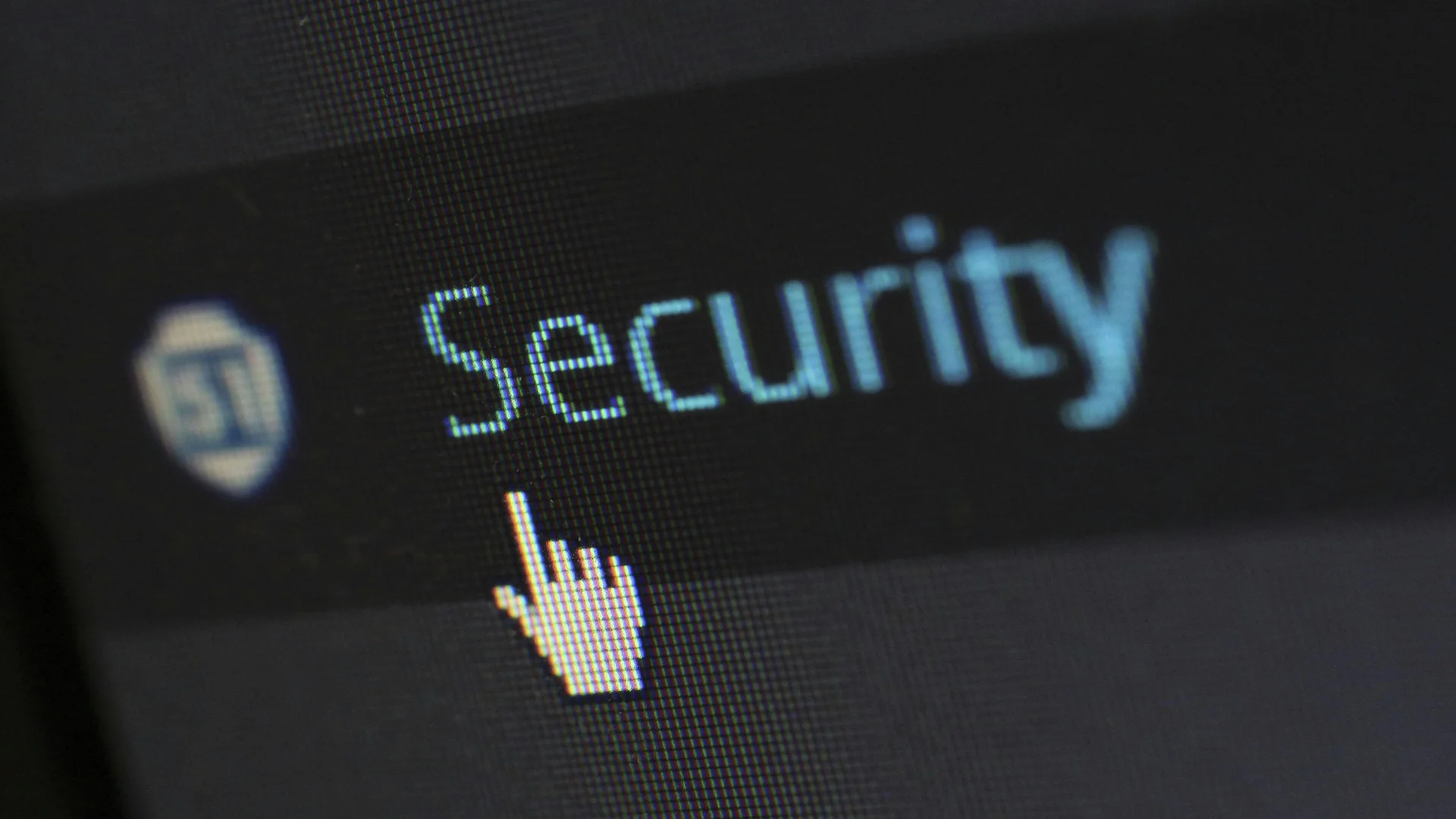In the modern enterprise, unauthorized access is one of the most significant cybersecurity threats—one that can lead to devastating financial losses, regulatory non-compliance, and reputational damage. Yet, many organizations fail to fully address the 98 critical tasks that fall under the “Unauthorized Access” risk in enterprise risk management.
The risk isn’t theoretical. The latest cyberattack trends show that unauthorized access accounts for a majority of breaches, often caused by weak authentication, excessive user permissions, or a lack of proactive security controls. If your organization is not actively mitigating these vulnerabilities, it’s leaving a wide-open door for cybercriminals.
The Business Risks of Ignoring Unauthorized Access Controls
Increased Exposure to Cyberattacks and Data Breaches
Unauthorized access is the leading cause of security breaches worldwide. Without Multi-Factor Authentication (MFA), secure password policies, and centralized identity management, attackers can easily compromise accounts through phishing, brute-force attacks, or credential stuffing.
Example: A Fortune 500 company suffered a $200 million breach after attackers exploited a lack of MFA on a remote access tool. Had the company implemented MFA for external-access assets and services, the breach could have been prevented.
Regulatory Non-Compliance and Costly Legal Consequences
Industries like finance, healthcare, and critical infrastructure are heavily regulated under GDPR, HIPAA, PCI-DSS, and NIST. Failure to enforce access controls, encryption, and security logging can result in non-compliance fines, legal actions, and loss of business licenses.
Example: A major European retailer was fined €20 million under GDPR for failing to implement secure user account credential changes and monitor unauthorized access to sensitive customer data.
Operational Disruptions and Financial Losses
Cybercriminals don’t just steal data—they disrupt operations. Ransomware attacks and insider threats thrive in environments where inactive accounts remain open, MFA is not enforced, and privileged access is not audited. These gaps lead to devastating downtime, lost productivity, and millions in damages.
Example: A logistics company faced a multi-week outage when hackers gained unauthorized access to cloud services lacking MFA and strong access controls. The company lost $50 million in revenue due to halted supply chain operations.
Insider Threats and Privilege Misuse
Not all threats come from the outside. Insider threats, whether malicious or accidental, account for a significant portion of security incidents. Without role-based access control, real-time monitoring, and automatic account deactivation for terminated employees, companies are vulnerable to internal data theft and system sabotage.
Example: A disgruntled former employee at a tech firm deleted critical files and leaked confidential data after his admin privileges weren’t revoked upon termination. The breach cost the company millions in regulatory fines and lost intellectual property.
Reputational Damage and Loss of Customer Trust
Security breaches affect more than finances—they erode customer trust and brand value. A single unauthorized access incident can drive away customers, investors, and partners.
Example: After a high-profile cloud misconfiguration led to millions of leaked customer records, an e-commerce company saw its stock price drop 15%, along with a mass exodus of customers who lost confidence in its security practices.
Key Security Measures to Reduce Unauthorized Access Risks
To mitigate these risks, businesses must fully implement the 98 security tasks under “Unauthorized Access” as part of a comprehensive cybersecurity strategy.
1. Strengthen Identity and Access Management (IAM)
- Implement Multi-Factor Authentication (MFA) for all user accounts, external-access assets, and cloud services
- Assign unique user IDs and prohibit password sharing
- Use a centralized Identity Provider (IdP) and enforce Single Sign-On (SSO)
- Restrict and audit privileged access regularly
2. Implement Strong Endpoint and Network Security Controls
- Install advanced endpoint protection and enforce firewalls on all devices
- Encrypt hard drives and apply mobile device security policies
- Restrict local admin accounts and separate them from regular users
- Limit execution to only authorized software, firmware, and scripts
3. Secure Remote Access and Cloud Services
- Enforce MFA for all remote access and privileged accounts
- Define and apply a clear remote access policy
- Monitor for unauthorized cloud service usage and block it proactively
- Apply secure cloud configurations and encrypt all backups
4. Enforce Physical Security and Monitoring
- Implement physical access controls for restricted areas
- Log and audit entry/exit data from facilities
- Escort visitors and secure personal devices during visits
- Segregate operational systems from administrative networks
5. Automate Account and Privilege Management
- Automatically remove inactive user accounts
- Disable accounts upon employee termination or role change
- Conduct regular access rights audits and enforce role-based access
- Terminate idle sessions and limit remote session durations
- Monitor third-party provider activities and connections
Final Thoughts: Secure Access is a Business Imperative
The consequences of ignoring unauthorized access risks are too severe to overlook. Every organization—regardless of size or industry—must treat access control as a core business priority, not just an IT issue.
- Reduce cybersecurity risks and prevent data breaches
- Ensure regulatory compliance and avoid hefty fines
- Protect operations from costly downtime
- Maintain brand reputation and customer trust
- Enable long-term business growth and resilience
The time to act is now. Is your organization doing enough to protect against unauthorized access?
